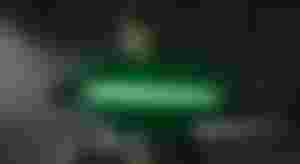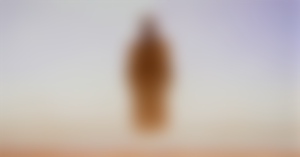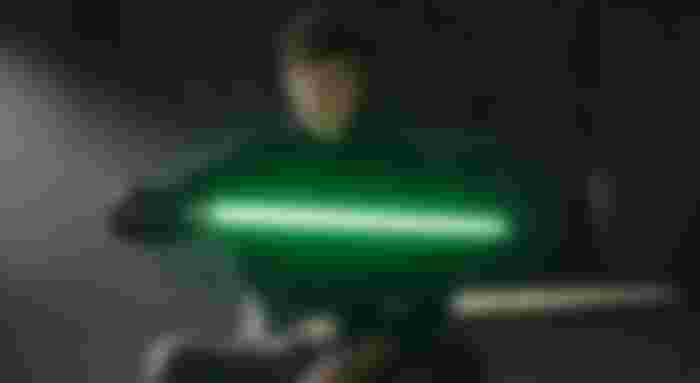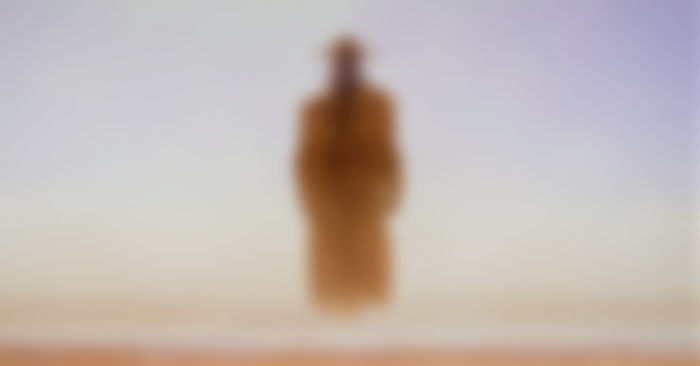Boba Fett Chapter 6: Well-Funded Fan Fiction
Star Wars is a franchise like no other in the history of entertainment. It's existed for over 50 years, which is basically over half of the lifespan of modern Hollywood.
It's not just another franchise, it's quite literally the genesis franchise that showed how bold and how much of a pop cultural force movies can be. Not to mention the firestorm of marketing innovation that it has pioneered, from action figures to lunch boxes to, Star Wars branded fruit? Anyway, we are dealing with a forever franchise here, which means that every new entry comes with a billion microscopes focuses on every pixel of every frame.

Ever since Disney acquired the Star Wars IP from creator George Lucas in 2014, we've only seen that scrutiny and polarization intensify. From manbaby fans decrying the death of their childhood over filmmakers choices to near religious fervor over the arrival of the Mandalorian and baby Yoda as the saviors of modern Star Wars.
Star Wars is a difficult game to win from a creator's perspective. What started off as deeply personal films, are now expected to challenge all-time box office records on every drop. It's not fair, but that's precisely where we are.
With the Mandalorian and The Book of Boba Fett, the creators have taken a notably safe road with the storytelling. The deep cut references to the original Lucas trilogy are plentiful. Many of the locations are repeated. And there is a straightforward earnestness about the series that harken to the religious, new myth reverence of the original films. The Force is treated like an actual religion and is shown deep respect and pontificating by the characters.
In Chapter 6 of The Book of Boba Fett, the bended knee worship of the original trilogy is on full display. We get 20 minutes of a CGI perfected, Return of the Jedi era looking Mark Hamill as Luke Skywalker, teaching the most popular Star Wars character since the 1980s, Baby Yoda, the ways of the Force. Luke's character is presented in stark contrast to his bitter and flippant old wizard portrayal in 2017's divisive film The Last Jedi, directed by Rian Johnson. Luke's incarnation in The Book of Boba Fett feels like a conscious course correction of the character, to win back the hearts of fans who had decried that the aforementioned film's portrayal was "not their Luke Skywalker."
And so we get exactly what purist Star Wars fans want out of Luke Skywalker. We get him speaking with reverence about the Force in a vaguely eastern philosophical way. We see him training Baby Yoda in a nearly identical manner that we had seen him training with the original Yoda in The Empire Strikes Back. There is quiet meditation. There is talk of the Jedi code. There is levitating space frogs. Nothing is surprising. Everything is executed at a high visual level. This is what the fans want.
It feels like series creator Jon Favreau and episode director Dave Filoni have gone to the altar of George Lucas and are trying their best to win his approval. It feels like two Star Wars fans, reaching into their toy box and pulling out their Luke Skywalker figure from 1983 and going at it on the floor of their bedroom. The only difference from a childhood playtime and what we witness on screen is a budget of ten million dollars to bring that imagination to life. It's solid and probably the pendulum swing that the franchise needed to show it could pull off.
Still, there are bits of the original films DNA that feel absent more and more in these entries. The absence of a cynic to the talk of the ways of the Force, for example. The original trilogy gave us the smug and sarcastic Han Solo to take jabs at the religious fervor surrounding the Force. Here, everyone enters a literal bamboo forest and speaks in vague tones of Buddhism without question. The earnestness could use a little subversion if you ask me.

Back on Tatooine, trouble brews with the spice trading Pike Syndicate. We get a call back of Cobb Vanth, the sheriff of a dusty Tatooine outpost. He runs into trouble when a laser gun slinging stranger wanders into town to speak on the Syndicate's behalf. The episode goes full Good, Bad and the Ugly western here, complete with tense standoff and cowboy hat tipping villainy. The baddie, a menacing blue alien named Cad Bane, shoots up the sheriff and his men as he issues his final warning. It's a good bit of menace that it feels like the show has been lacking. It would have been nice to give a face to the evil that Boba Fett must face earlier on in the series, but we still have one more episode to go, so perhaps there is a healthy payoff being set up.
In a quick scene, Boba Fett appears on screen again, as his motley crew of mercenaries grows. They scheme for the upcoming war, one that will hopefully play out in an extended season finale.
As we near the end of The Book of Boba Fett, the final verdict is still out. There are plentiful loose ends to tie up, including the curious character divergence of the titular character from the cold-blooded assassin we assumed he was. Has his pacifist turn been justified? Is he holding back his unrestrained methods until he needs to deliver the final blow? It feels like we need a major shocking twist in ole Boba's behavior if this entry is to pay itself off. Without that, the mini-series will take its place as a between seasons appetizer to the Mandalorian, which is where the thrust of the character intrigue and storytelling lies in modern Star Wars.
Until then, sit back, enjoy some familiar vistas and vibes and enjoy the biggest budget fan fiction devoted to Star Wars that's ever been made.

